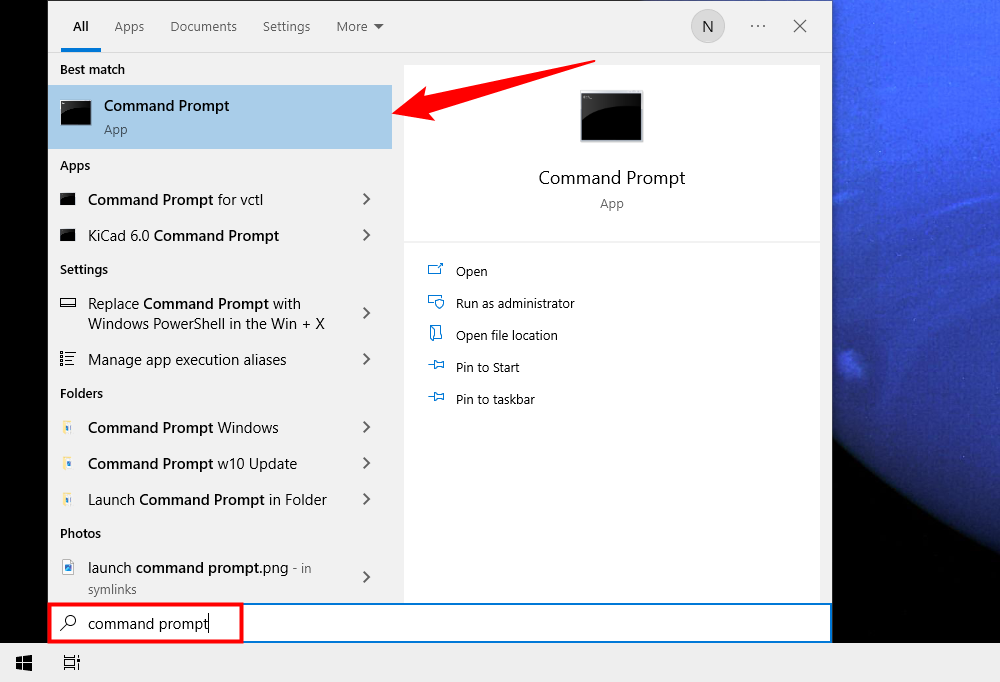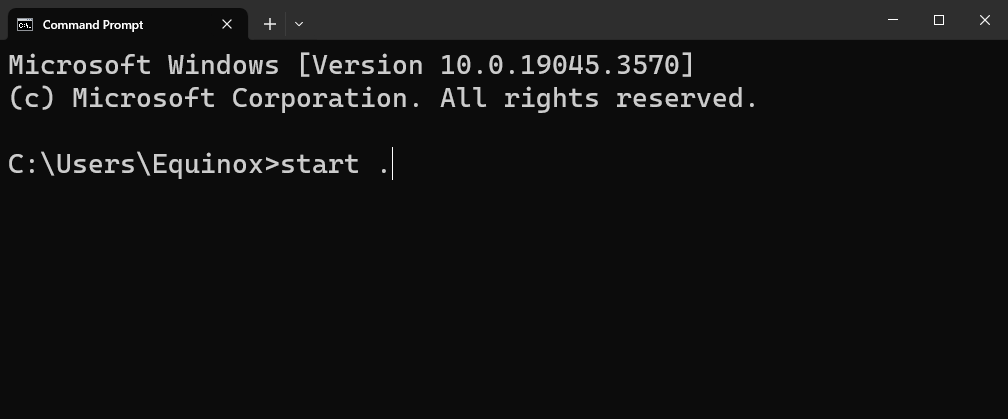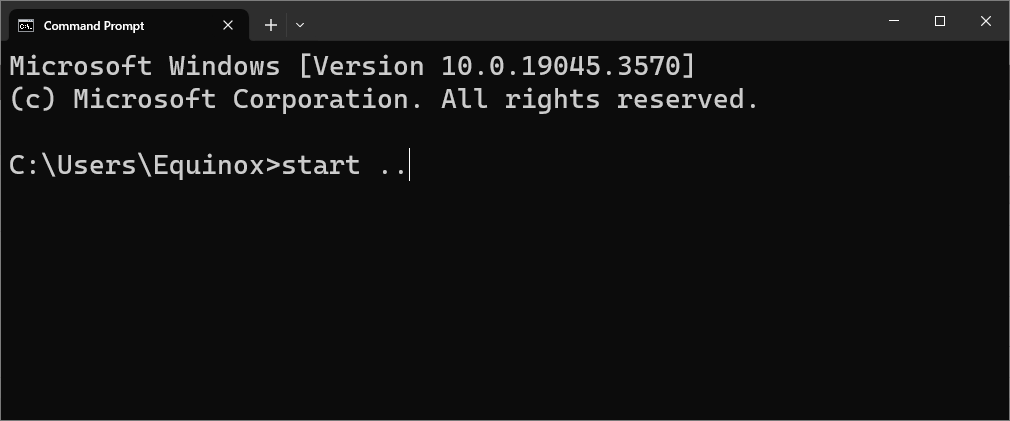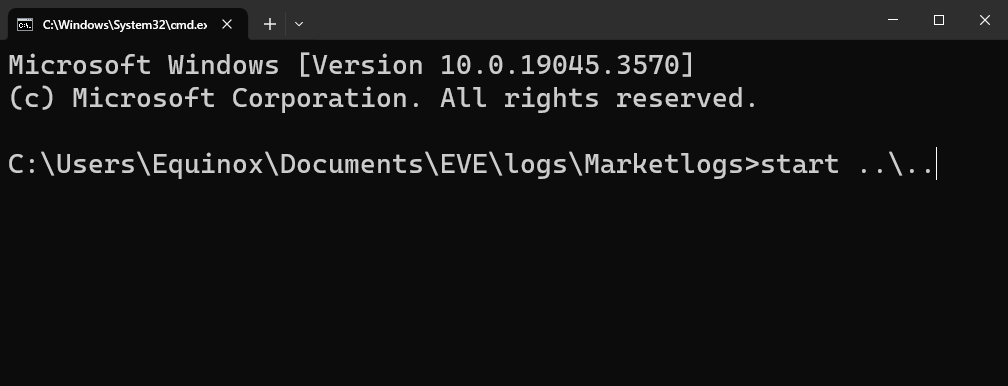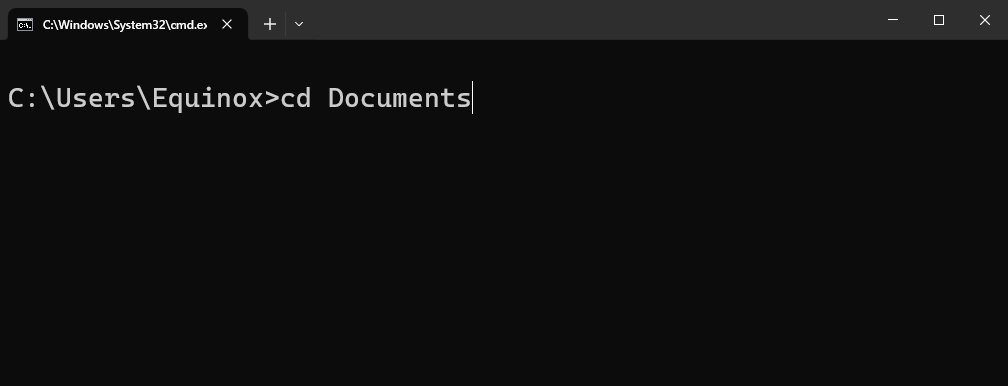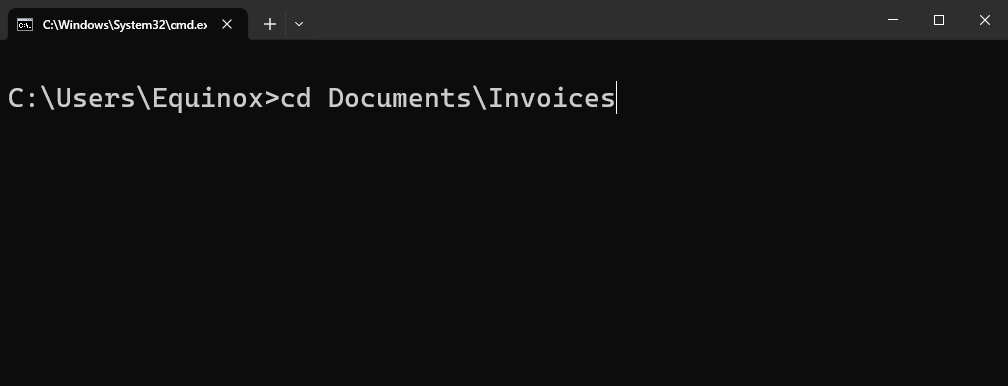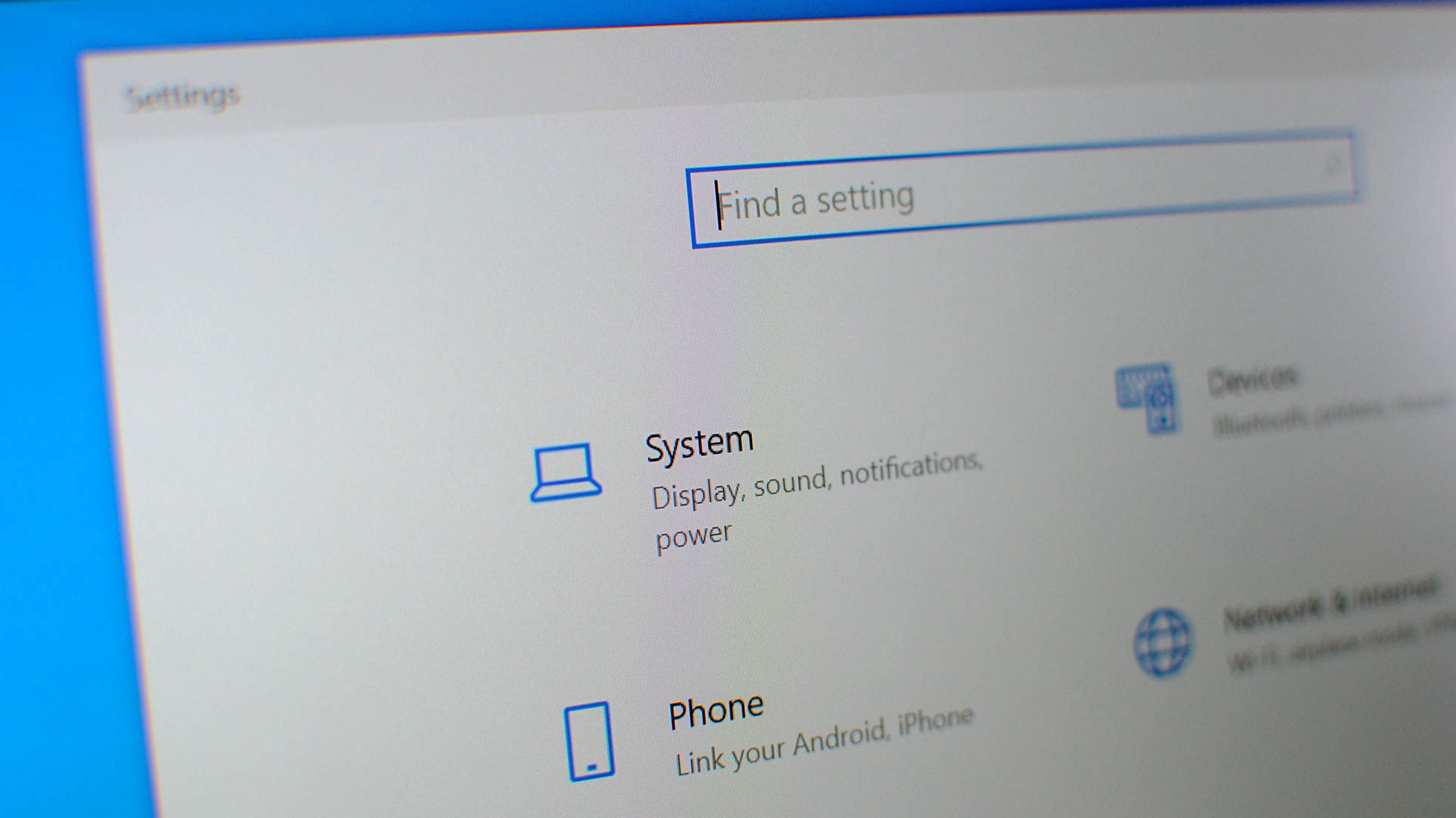
How to Launch File Explorer via Command Prompt on Windows 10

Learn how to effortlessly open File Explorer in Windows 10 using the Command Prompt Discover the simple steps to directly access a specific folder through Command Prompt
Key Takeaways
Run "start ." in a Command Prompt window to open File Explorer to the current directory. Alternatively, run "start (folder)" to open File Explorer to a specific folder.
Open File Explorer Using Command Prompt
To open File Explorer in Windows 10, you can use Command Prompt instead of relying on keyboard shortcuts or other methods for faster access. Follow these steps to open the file manager in the current directory or any other directory.
First, open Command Prompt on your PC by opening the "Start" menu, typing "cmd" in the Windows Search bar, then selecting "Command Prompt" from the search results.
Command Prompt will now open. Here, run the following command to open the File Explorer:
start .
The . in the command represents the current directory in the command prompt. This command will open the folder in File Explorer that reflects that directory.
To open the parent folder of the current directory, run this command instead:
start ..
The parent folder of the current directory will now open in the File Explorer.
To navigate back in the directory, simply add a backslash and two periods. Let's say we are currently located in the "25_September 2020" folder in Command Prompt. Running "start ..\.." will open the "Documents" folder in File Explorer, which is two levels above the current directory in Command Prompt.
Open a Specific Folder in File Explorer Using Command Prompt
To change directories in Command Prompt, utilize the cd command and execute the start . command in the desired directory. This will enable you to open the corresponding folder in File Explorer. Alternatively, you can open any folder in File Explorer directly by executing the start command, followed by the folder's path.
For example, in our current directory, C:\Users\marsh, we want to open the Documents folder in File Explorer, which is just one level down. To do so, we'd run the following command:
start Documents
In the same directory, let's say we want to open our Invoices folder, which is located inside the Documents folder. We'd run this command:
start Documents\Invoices
The "Invoices" folder will now open in File Explorer.
